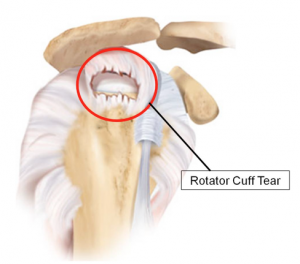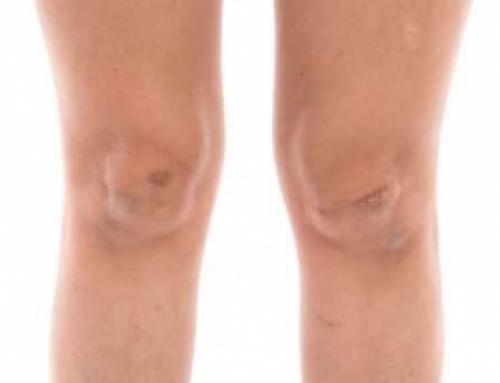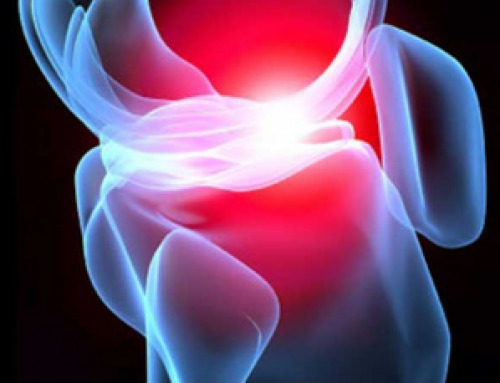by Sportsdoc Raj
Can a torn rotator cuff be repaired without an operation? What if the rotator cuff is torn with full thickness? In the past, surgery is the most common solution for cuff repair. Let’s take a closer look at the rotator cuff to examine this issue.
The rotator cuff is the point in the shoulder where four muscles combine at the cuff of tissue that surrounds the top of the humerus. There are different types of tears that include traumatic or acute tears from an accident, chronic tears which have been present for some time without the patient’s knowledge, and degenerative tears from the wearing down of the tendon.
Any of these tears can be partially torn or torn with full thickness. The worst kind of tear is when the tendon separates from the bone completely; known as a full thickness tear. Any tear where the tendon is still in touch with the bone is considered partial.
Rotator cuff tears are very common and Mohtadi, an MD from the faculty of kinesiology at the University of Calgary in Canada, said that in Canada there are long lists of people waiting to have surgery on torn cuffs. At the 2010 Annual Meeting of the American Orthopedic Society for Sports Medicine, he continued that a large amount of patients who undergo surgery for torn cuffs, have not taken the adequate measures to recover using nonoperative treatment options.
 His statement was rooted in the non-operative treatments that were tested on patients who had both full thickness rotator cuff tears, as well as partial tears. The study tested 50 patients who were referred to surgery for rotator cuff tears.
His statement was rooted in the non-operative treatments that were tested on patients who had both full thickness rotator cuff tears, as well as partial tears. The study tested 50 patients who were referred to surgery for rotator cuff tears.
The patients ranged from 40 to 85 years old, and underwent a 90-day rehabilitation program without operation. The group of patients had average symptom duration of two years and each took a rotator cuff questionnaire to measure their quality of life. The average score of all the patients was 44.
The treatment included a consultation with a sports medicine doctor and a physical therapist. The therapist continued to see the patient for up to four weeks. The patients then practiced a rehabilitation program from home.
After 90 days, the patients underwent a surgical consultation. The results showed that 50 of the patients declined  undergoing surgery after the non-operative program, while 12 still went ahead with surgery. The patients who no longer needed surgery had an average quality of life score of 49, whereas those who went ahead with surgery had an average score of 31.
undergoing surgery after the non-operative program, while 12 still went ahead with surgery. The patients who no longer needed surgery had an average quality of life score of 49, whereas those who went ahead with surgery had an average score of 31.
The scores on the questionnaire showed to be a significant predictor of non-operative treatment success or failure. The conclusion of this study, stated by Mohtadi, is that the Rotator Cuff Quality of Life (RCQOL) questionnaire is a reliable way to predict the outcome of non-surgical treatment. He also noted that he plans to test a larger group of patients, for a longer period of time and test larger tears to broaden the scope and get a more evidence on the success on non-operative treatment for full thickness rotator cuff tears.





